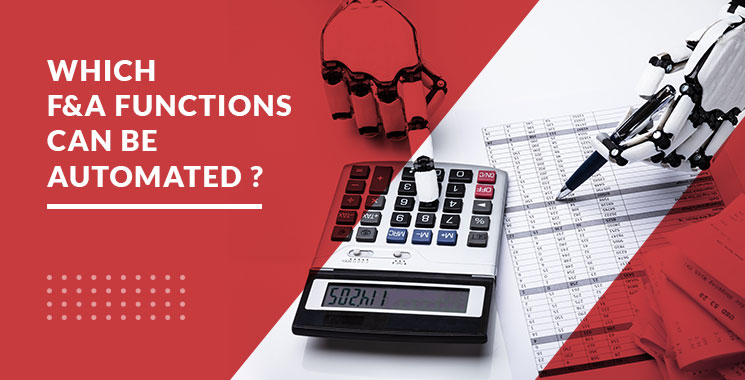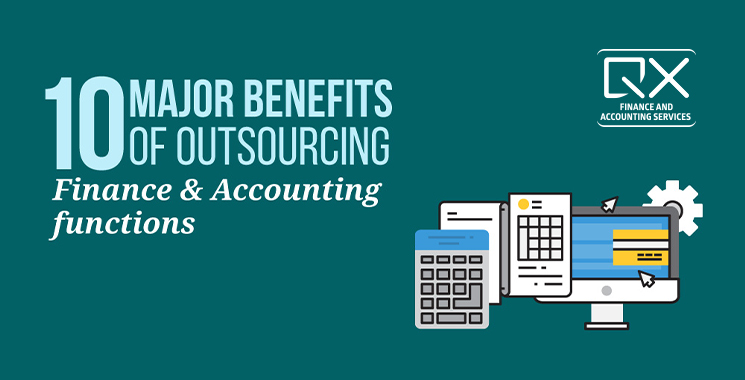What are the 10 Functions of Accounting?
Accounting is often referred to as the “language of business.” It is a fundamental process that allows organizations to track, analyze, and communicate financial information. Within this overarching framework, there are ten essential functions of accounting that help businesses, both big and small, manage their financial affairs effectively. In this article, we will delve into each of these functions to gain a comprehensive understanding of their significance. What are the 10 functions of accounting?
Recording Financial Transactions
At its core, accounting is about recording financial transactions accurately. This function involves documenting all financial activities, such as sales, purchases, and expenses, in a systematic manner. By maintaining detailed records, organizations can create a clear audit trail and ensure transparency in their financial operations.

What are the 10 functions of accounting?
Source Documents
To record financial transactions, accountants rely on source documents like invoices, receipts, and bank statements. These documents provide evidence of every transaction and serve as the foundation for accurate record-keeping.
Double-Entry System
Accounting employs the double-entry system, where each transaction has an equal and opposite effect on at least two accounts. This system ensures that the accounting equation (Assets = Liabilities + Equity) remains balanced.
Classifying Financial Transactions
Once financial transactions are recorded, the next function of accounting is to classify them appropriately. This involves categorizing transactions into various accounts, such as assets, liabilities, equity, income, and expenses.
Chart of Accounts
A chart of accounts is a crucial tool for classifying transactions. It provides a structured list of all the accounts used in an organization, making it easier to group similar transactions together.
Summarizing Financial Data
Summarizing financial data is another vital function of accounting. This step involves condensing the information recorded and classified into meaningful financial reports and statements.
Financial Statements
Financial statements like the balance sheet, income statement, and cash flow statement provide a snapshot of a company’s financial performance and position. They are crucial for decision-making and external reporting.
Analyzing Financial Data
Analyzing financial data is where accounting transforms raw numbers into valuable insights. This function helps businesses assess their financial health, profitability, and trends over time.
Ratio Analysis
Ratio analysis is a common technique used in financial analysis. It involves calculating ratios like the current ratio, debt-to-equity ratio, and profit margin to evaluate various aspects of a company’s financial performance.
Interpreting Financial Information
Interpreting financial information goes hand in hand with analysis. Accountants and financial professionals need to interpret the data to draw meaningful conclusions and make informed decisions.
Trend Analysis
Trend analysis involves comparing financial data from different periods to identify patterns and changes. It helps in forecasting future financial outcomes.

Budgeting and Forecasting
One of the proactive functions of accounting is budgeting and forecasting. By using historical financial data and analysis, organizations can create budgets and forecasts for the future.
Budgeting
Budgets outline an organization’s financial goals and expectations for a specific period. They serve as a roadmap for financial planning and control.
Forecasting
Forecasting involves predicting future financial performance based on historical data and current trends. It aids in long-term planning and risk assessment.
Internal Control and Audit
Internal control is a critical function of accounting that ensures the accuracy and reliability of financial data. It involves establishing procedures and safeguards to prevent errors and fraud.
Internal Auditing
Internal auditors examine an organization’s financial processes and controls to identify weaknesses and recommend improvements. Their role is to enhance transparency and accountability.
Tax Compliance
Complying with tax regulations is an essential aspect of accounting for businesses. This function involves calculating and paying taxes accurately and on time.
Tax Planning
Tax planning is a proactive approach to managing taxes. It involves strategies to minimize tax liabilities while remaining compliant with tax laws. Find out what the functions of an accounting firm are here.
Financial Reporting and External Communication
The final function of accounting is to prepare and disseminate financial reports to external stakeholders, such as shareholders, creditors, and regulatory authorities.
Annual Reports
Annual reports provide a comprehensive overview of a company’s financial performance and operations. They are a key communication tool for shareholders and investors.
Conclusion
In conclusion, accounting plays a multifaceted role in the world of business. Its ten functions, ranging from recording financial transactions to financial reporting and external communication, are crucial for the effective management and transparency of an organization’s finances. By understanding and implementing these functions, businesses can make informed decisions, maintain financial integrity, and achieve their financial goals.

